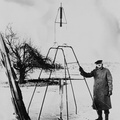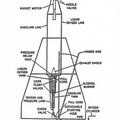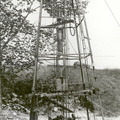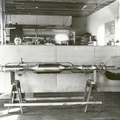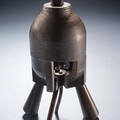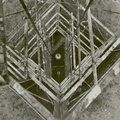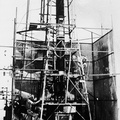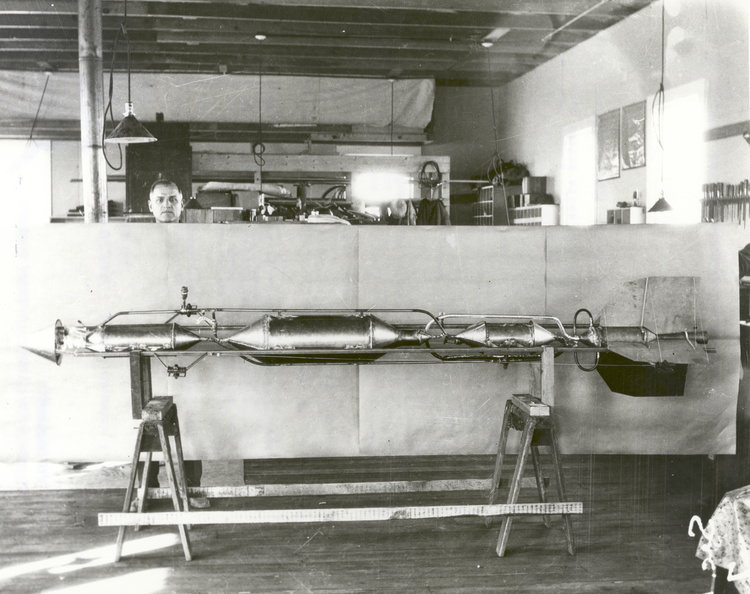
WIKIARCHIVES.SPACE
The Human Spaceflight Archive

Information
- Taken in
- Other
- Author
- NASA
- Description
- Henry Sachs, machinist, is shown with Dr. Robert H. Goddard's rocket used in the first flight at Roswell, New Mexico on December 30, 1930. The rocket attained an altitude of about 2,000 feet and speed of about 500 miles per hour. In 1930, with a grant from the Guggenheim Foundation, Goddard and his crew moved from Massachusetts to Roswell, New Mexico, to conduct research and test flights. This rocket was one of many that he launched in Roswell from 1930 to 1932 and from 1934 to 1941. Dr. Goddard has been recognized as the father of american rocketry and as one of the pioneers in the theoretical exploration of space. His dream was the conquest of the upper atmosphere and ultimately space through the use of rocket propulsion. When the United States began to prepare for the conquest of space in the 1950's, American rocket scientists began to recognize the debt owed to the New England professor. They discovered that it was virtually impossible to construct a rocket or launch a satellite without acknowledging the work of Dr. Goddard.
- Created on
- Tuesday 30 December 1930
- Albums
- US SPACE PROGRAM / SATELLITES / EARLY ROCKETS
- Source link
- https://www.flickr.com/photos/nasacommons/albums/72157650354621478/
- Visits
- 149
- Rating score
- no rate
- Rate this photo
- License
- Public Domain
- Modified by WikiArchives
- No (original)
- Downloads
- 1
EXIF Metadata
- DateTimeOriginal
- 1930:12:30 00:00:00
Powered by Piwigo





